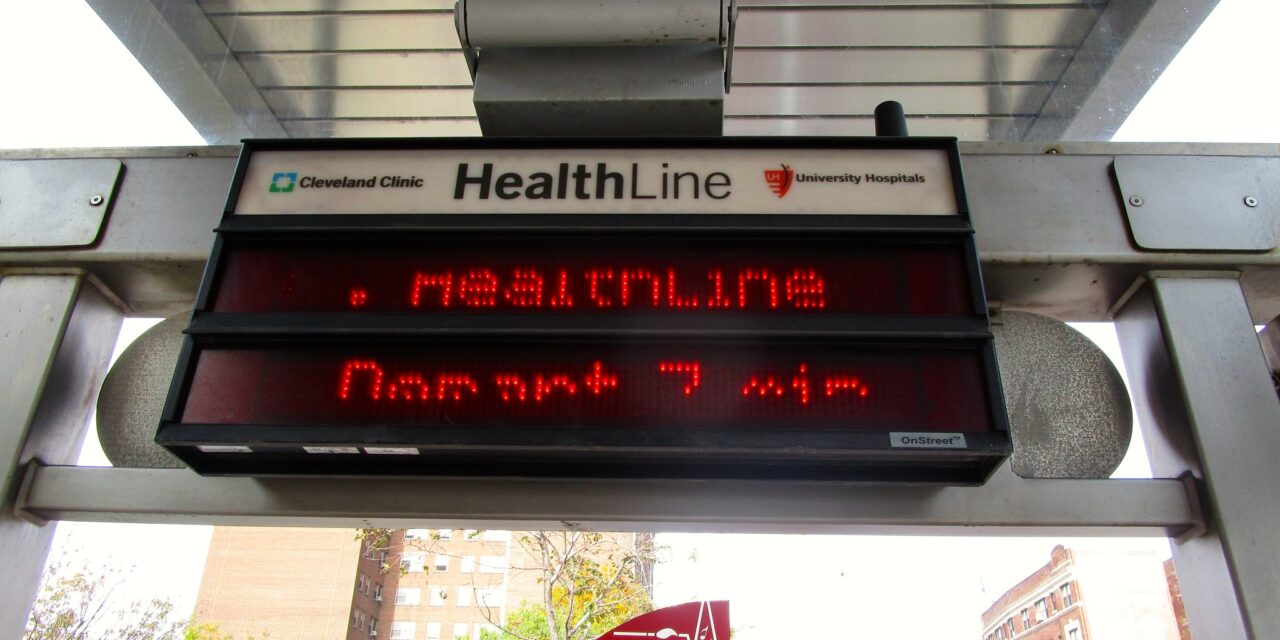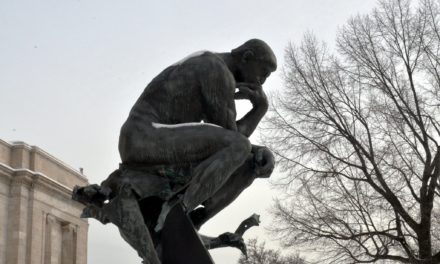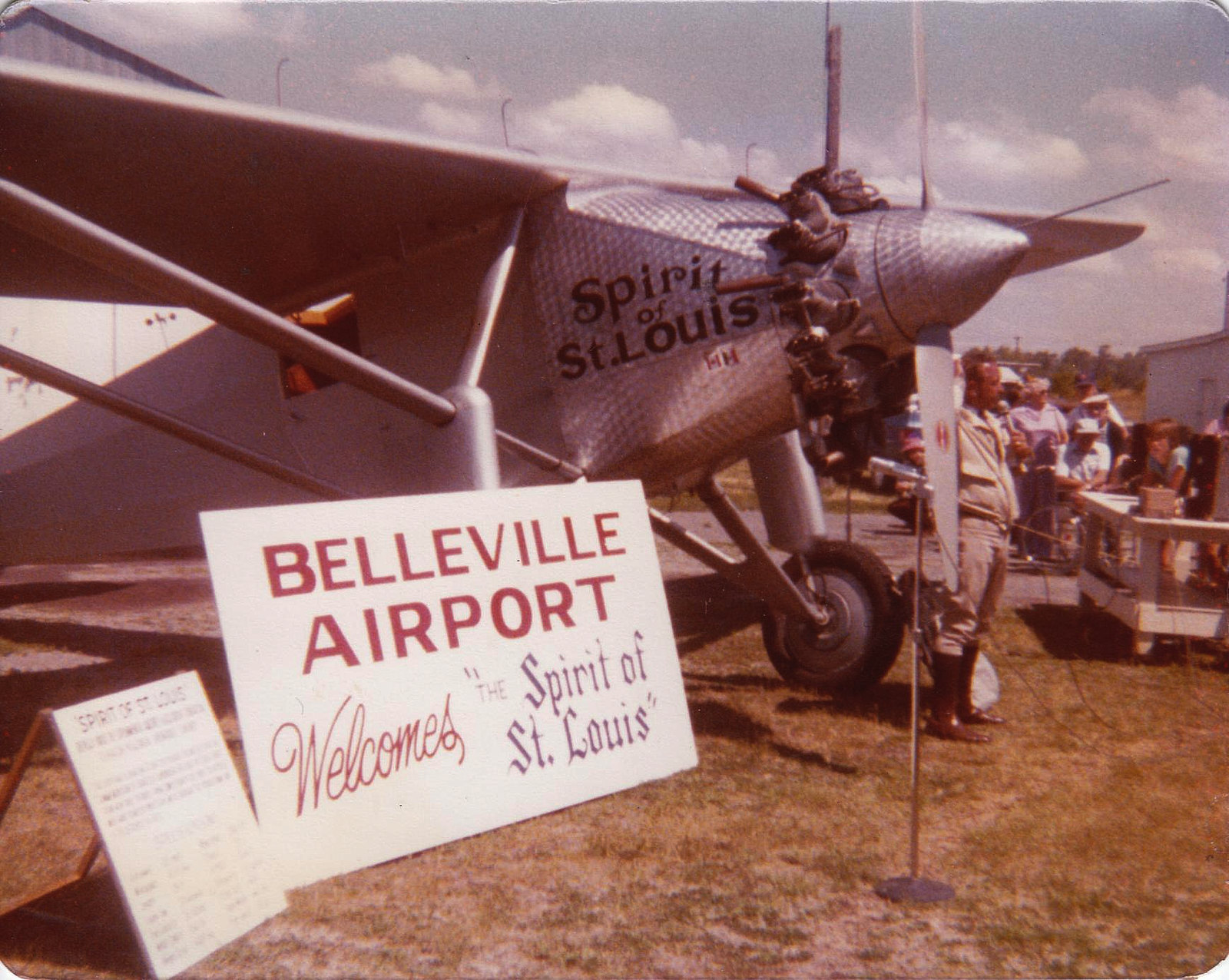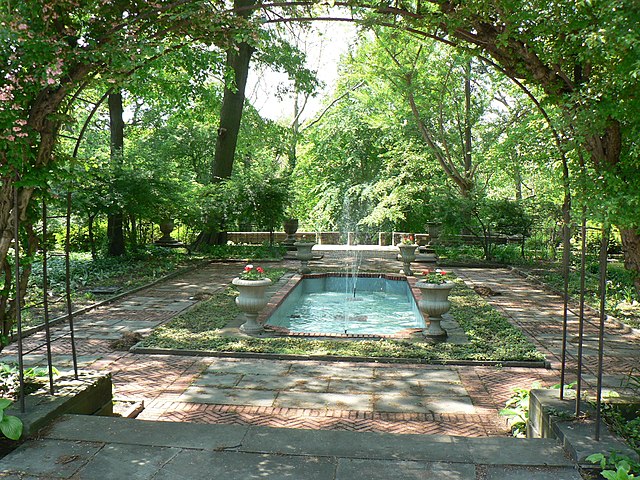Cleveland History
Cleveland Arena Opening (November 4, 1946): The Cleveland Arena was inaugurated on this day and quickly became a central venue for the city’s sports and entertainment events. It was primarily home to the Cleveland Barons of the American Hockey League and various basketball teams until its demolition in 1977. The Arena also hosted concerts and other major events, contributing significantly to the cultural and social life of Cleveland.
Election of Carl Stokes (November 7, 1967): Carl Stokes made history by being elected as the first African American mayor of a major U.S. city, signaling a monumental shift in American politics and civil rights. His election not only represented a significant breakthrough in overcoming racial barriers but also marked a period of substantial urban renewal and development for Cleveland.
Reopening of Playhouse Square (November 6, 1982): After facing the threat of demolition in the 1970s, Playhouse Square, Cleveland’s major performing arts center, was successfully revived through a grassroots effort led by the local community. Its reopening in 1982 sparked a renaissance in the downtown area, leading to a revival of theater arts and contributing to economic and cultural revitalization.
Launch of HealthLine (November 10, 2008): The HealthLine, Cleveland’s bus rapid transit (BRT) system, began operations, offering efficient and improved public transportation along Euclid Avenue, a major corridor between downtown Cleveland and the University Circle neighborhood. This project was part of broader urban planning initiatives aimed at enhancing mobility and stimulating economic development along its route.
First Local Induction Ceremony for the Rock and Roll Hall of Fame (November 10, 1997): This event marked the first time the Rock and Roll Hall of Fame held its induction ceremony in Cleveland since the museum’s opening in 1995. Hosting the ceremony locally underscored Cleveland’s pivotal role in the history of rock music and celebrated its ongoing contribution to the genre. The event brought significant attention and prestige to the city, highlighting its cultural importance on a national and international stage.
World History
Entrance to King Tutankhamun’s Tomb Discovered (November 4, 1922): The entrance to King Tutankhamun’s tomb was discovered by Howard Carter in the Valley of the Kings, Egypt. This discovery is one of the most significant archaeological finds, providing immense insights into ancient Egyptian civilization and sparking a global interest in Egyptology.
Gunpowder Plot Foiled (November 5, 1605): The Gunpowder Plot was foiled in England when Guy Fawkes was caught in the act of attempting to blow up the House of Lords. This event is commemorated annually in the UK as “Guy Fawkes Night,” marked by fireworks and bonfires.
The October Revolution (November 7, 1917) (October 25 in the Julian calendar): The October Revolution, led by the Bolsheviks under Vladimir Lenin, took place, leading to the overthrow of the provisional government in Russia. This revolution was a pivotal event in the 20th century, leading to the establishment of the Soviet Union.
Fall of the Berlin Wall (November 9, 1989): The fall of the Berlin Wall occurred, symbolically ending the Cold War divisions between East and West. This event marked the beginning of German reunification and was a pivotal moment in European history.
Dr. David Livingstone Located (November 10, 1871): Henry Morton Stanley located missing British explorer Dr. David Livingstone in Ujiji, near Lake Tanganyika in present-day Tanzania, famously greeting him with the words, “Dr. Livingstone, I presume?” This encounter was a significant moment in the era of European exploration and colonial expansion in Africa.






